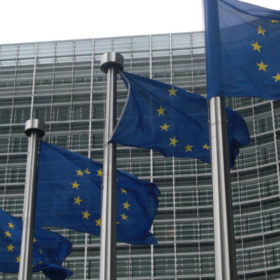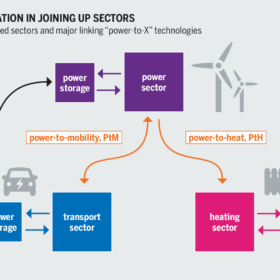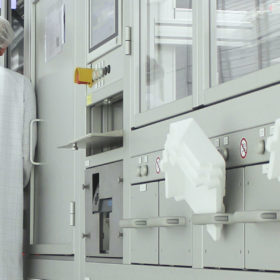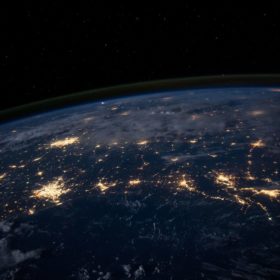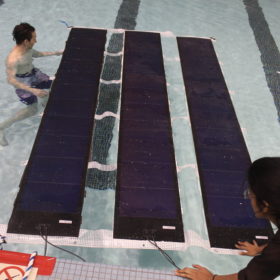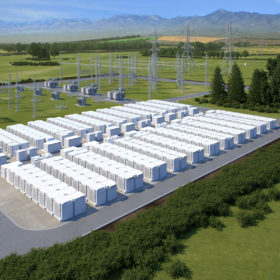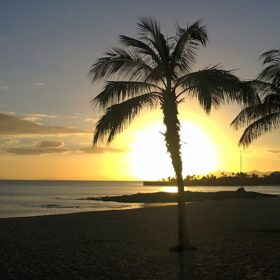Solar still largely underestimated
Two recent studies have separately shown that many scenarios assessing global decarbonization pathways are still predicting too-low future PV capacity and too-high LCOEs for the solar technology. The researchers analyzed scenarios provided by scientific researchers, government bodies and non-governmental organizations, including the United Nations’ Intergovernmental Panel on Climate Change (IPCC), the U.S. Energy Information Administration (EIA), the European Commission, the Indian government, the International Energy Agency (IEA), and the International Renewable Energy Agency (IRENA), among others.
III-V multi-junction solar cell with 39% efficiency
Finnish scientists have developed a four-junction solar cell based on III-V semiconductor materials that is said to be able to achieve a wide spectral coverage. The cell was monolithically grown on gallium arsenide by molecular beam epitaxy (MBE).
European Commission approves further €2.9bn battery research project
Companies from a dozen EU member states will commit the public funds in a bid to come up with novel battery chemistries and production methods as well as recycling and circular economy innovation.
Power-to-X may cover 28% of global energy demand by 2050
The so-called powerfuels are primarily required for sectors that are difficult to electrify, such as aviation and shipping, as well as for the processing of raw materials. This is shown by a new study by Finland’s LUT University and the German Energy Agency.
Batteries and hydrogen to make residential off-grid PV technically feasible
Researchers in Finland have demonstrated the technical feasibility of an off-grid residential PV system combined with short-term battery storage and seasonal hydrogen storage. The proposed model is applicable only to northern climates, as higher levels of solar radiation in southern locations would mean a reduced need for seasonal storage. It was tested in an existing single-family house in Finland with a 21 kW rooftop array and a ground source 6 kW heat pump.
Finnish solar manufacturer finally starts production in Vilnius
Valoe completed the 15-month purchase process of a 60 MW cell production line from Solitek in the spring and installed interdigitated back-contact production equipment. It hopes to begin deliveries in the next quarter.
India ranked the world’s most attractive PV market by Ernst & Young
The latest edition of the accountant’s renewables attractiveness index has placed the nation in top spot for photovoltaics, helping it to fourth spot for overall clean energy investment. Mexico has been hammered by the government’s attitude to clean power and France has also slipped, four places.
Open-source method to build flexible floating PV systems
A U.S.-Finnish research team has developed an after-market method to adapt commercially available flexible thin-film solar panels for applications in floating PV projects. The special panel design can be applied to three types of floating materials, including neoprene, mincell, and polyethylene.
Finnish brewery to deploy 20 MW battery and virtual power plant
A number of partners are involved in a project which aims to bring down the energy consumption and carbon emissions of a beer company site using smart algorithms.
European islands make decarbonization pledges
Often dependent on fuel imports from the mainland and frequently powered by fossil fuels, islands have taken center stage at an online forum which builds on a political process kicked-off by Croatia’s presidency of the European Council.


